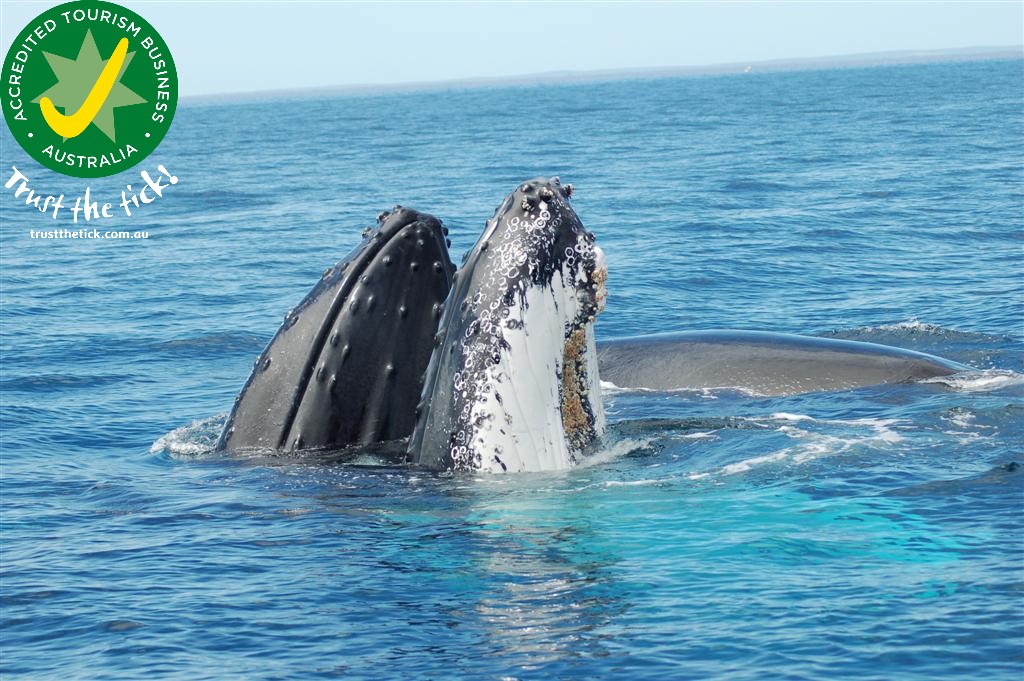Whale Watching Tour operated by the longest serving captain in Augusta.
Humpback Science
Classify humpback whales like a marine biologist
Plants, animals, and other living things are classified scientifically into different categories. These categories start broad (containing many, many organisms) and get more ‘specific’ until you get down to the species. This way of categorising in science is known as TAXONOMY. Here’s a great mnemonic to remember all the categories:
Domain – Do
Kingdom – Koalas
Phylum – Prefer
Class – Chocolate
Order – Or
Family – Fruit
Genus – Generally
Species – Speaking
Example: You might have heard humans referred to as ‘Homo sapiens’, which is the genus Homo and species sapiens.
All dolphins, whales and porpoises belong to the order ‘Cetacea’, which is why we refer to them as cetaceans.
Cetaceans are split into two suborders – Mysticetes and Odontocetes.
Mysticetes are the whales that have baleen plates instead of teeth, attached to the upper jaw. Generally larger than the Odontocetes, these whales filter feed; taking large amounts of seawater into their mouths, then pushing the water back out through the baleen, which block the krill, zooplankton, and small fish inside. Mysticetes have a double blowhole and are unable to echolocate like Odontocetes.
Mysticete females grow larger than their male counterparts.
Odontocetes have teeth in some form or another, whether that be the long, singular tusk on male narwhals, or the small, 70 + teeth in bottlenose dolphins. Odontocetes can vary enormously in size and possess a single blowhole. They generally form larger and more complex social groups than Mysticetes.
What about humpback whales?
Humpback whales are Mysticetes, in the family Balaenopteridae like the blue whale, fin whale and minke whales (among others). The humpbacks are alone in their genus, with the full scientific name Megaptera novaeangliae. (Note: always italicise scientific names, or underline if writing by hand).
So, would you expect a female Megaptera novaeangliae to be larger or smaller than a male?
Reference:
Carwardine M (2020) ‘Handbook of whales, dolphins and porpoises of the world’, Princeton University Press.
